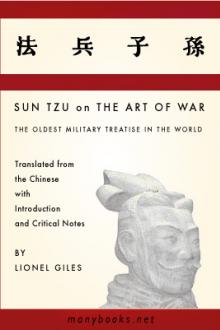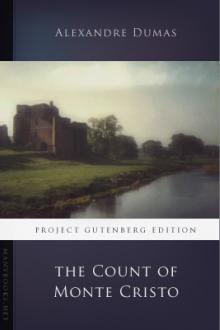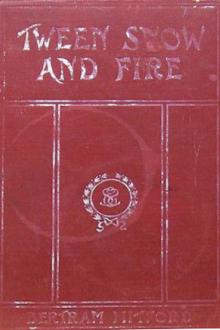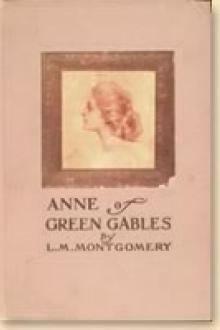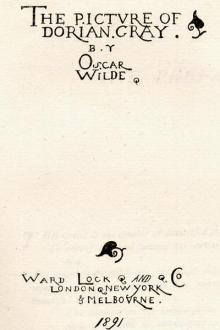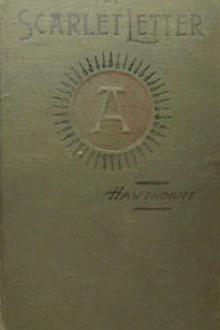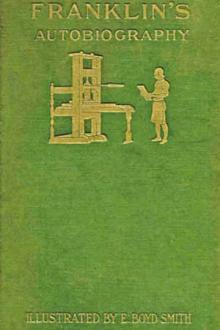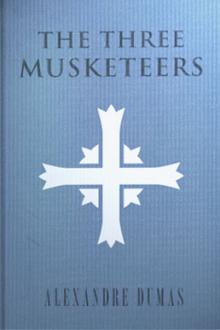The History of the Game of Go
The History of the Game of Go
An excerpt from ''The Game of Go''
Book Excerpt
e was two degrees, the weaker player would be allowed to place a stone on the board, and the stronger player would have the first move, and so on; in other words, the difference between each degree might be called half a stone. Thus, a player of the fourth degree would allow a player of the first degree to place two stones on the board as a handicap, but would have the first move. A player of the seventh degree would allow a player of the first degree three stones, and a player of the ninth degree would allow a player of the first degree four stones. Four was the highest handicap allowed among the players holding degrees, but, as we shall see later, among players of less skill greater handicaps are frequently given.
A player of the seventh degree also received the honorary title "Jo zu," or the higher hand. Those of the eighth rank were called "Kan shu," or the half-way step, and those of the ninth degree were called "Mei shu," the clear, bright hand, or "Meijin," literally "celebrated man." It is rela
Editor's choice
(view all)Popular books in Games, History
Readers reviews
2.0
LoginSign up
The seven pages of text making up this download represent a full and careful history (as of 100 years ago) of this ancient, fascinating game.
However, this information was intended only as a supplement to the main content of the book 'The Game of Go' by Arthur Smith, which was the first English-language treatment of the game, and is by itself likely to be of only limited interest to modern readers.
However, this information was intended only as a supplement to the main content of the book 'The Game of Go' by Arthur Smith, which was the first English-language treatment of the game, and is by itself likely to be of only limited interest to modern readers.
- Upvote (0)
- Downvote (0)
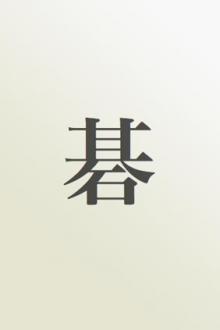
 Free Download
Free Download











